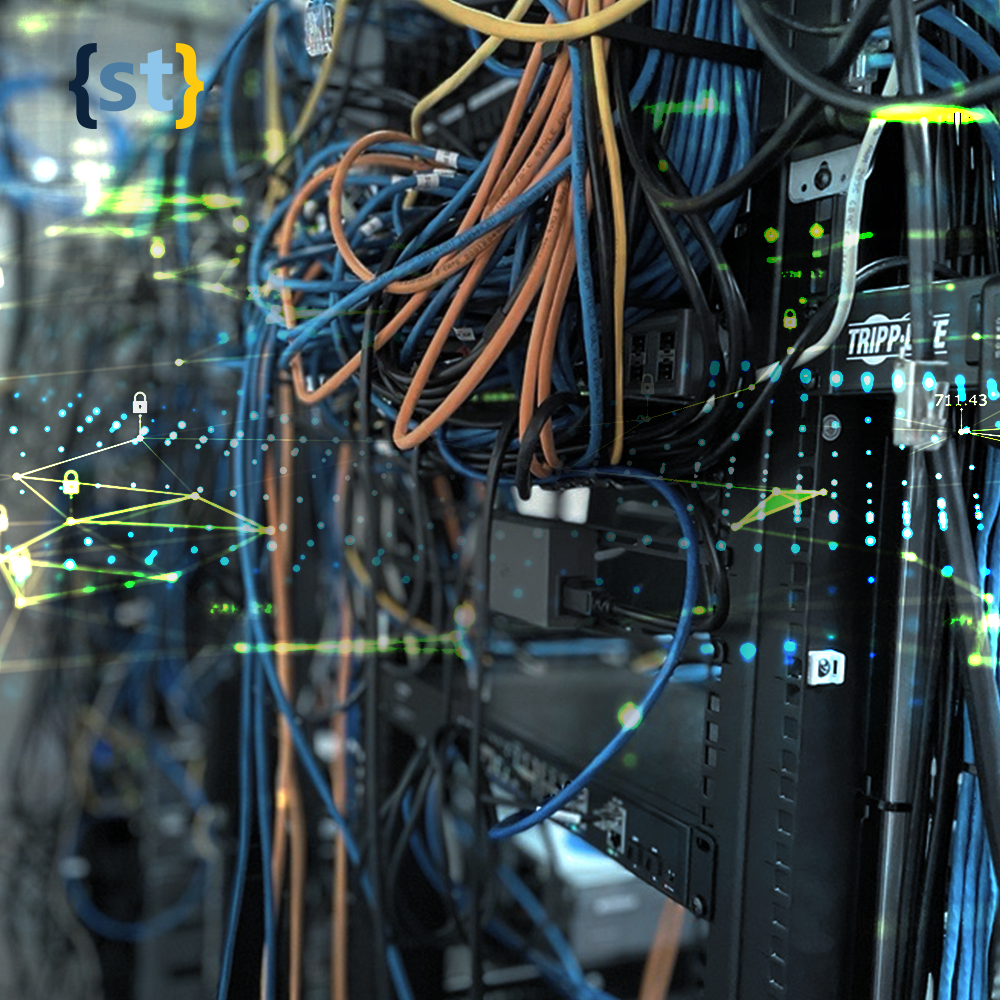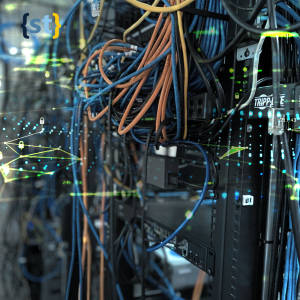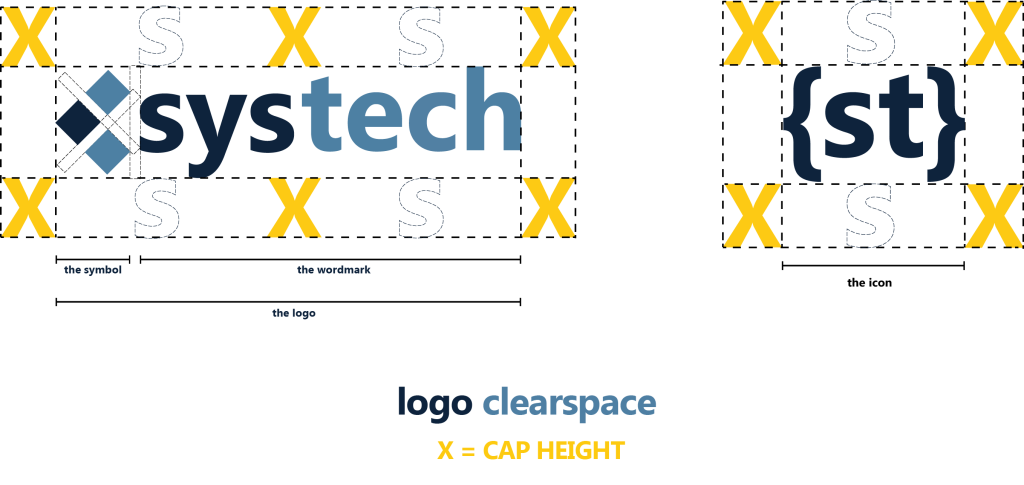
Greg Ekborg
Marketing Director, systech
Building a Robust IT Framework: The Essential Role of Structured Cabling

Understanding the Importance of Structured Cabling in IT Infrastructure
Structured cabling serves as the backbone of a reliable IT infrastructure, providing a standardized telecommunications framework for data, voice, and multimedia services essential for modern business operations. It ensures that all network devices are seamlessly integrated and can communicate efficiently, which is paramount in today’s fast-paced digital environment. With a well-designed structured cabling system, organizations can expect enhanced scalability, allowing them to expand their networks without significant disruptions or extensive reconfigurations.
Investing in structured cabling not only improves network performance and reliability but also enhances flexibility. For instance, a business planning to expand its operations can do so without worrying about overhauling its existing infrastructure. Proper implementation of structured cabling can significantly reduce the total cost of ownership (TCO) by minimizing maintenance and troubleshooting expenses. Furthermore, these systems support future technology integrations, ensuring businesses remain agile and adaptable in an ever-evolving digital landscape.
Key Components of Structured Cabling Systems
The core components of structured cabling systems include entrance facilities, telecommunications rooms, horizontal cabling, backbone cabling, and work area components. Each element plays a critical role in maintaining a robust and efficient network infrastructure. Effective cable management systems are also essential to keep the cabling organized and reduce clutter within the infrastructure, which can lead to improved performance and easier maintenance.
Compliance with established standards such as TIA/EIA-568 and ISO/IEC 11801 is crucial for ensuring that structured cabling systems provide reliable and efficient performance. For example, the use of patch panels and connectivity devices facilitates easy access and management of cabling networks, enhancing the overall adaptability of the IT infrastructure. When businesses implement these components correctly, they streamline the deployment of new technologies, positioning themselves for future growth and technological advancements.
 Benefits of Structured Cabling for Network Reliability
Benefits of Structured Cabling for Network Reliability
One of the most significant advantages of structured cabling is its ability to enhance network speed and bandwidth, ultimately leading to improved performance and reduced latency. This is vital for businesses that rely on seamless communication for various applications, including voice, data, and video services. By simplifying troubleshooting processes, structured cabling minimizes downtime, which is essential for maintaining productivity and operational efficiency.
Moreover, a structured cabling system can significantly improve safety by reducing cable-related hazards and ensuring compliance with industry safety standards. Enhanced network performance allows businesses to leverage cloud applications effectively, optimizing overall operations and creating a more resilient IT environment. The benefits of structured cabling systems extend beyond immediate performance enhancements; they also lay the foundation for future growth and technological integration.
 Fiber Optic vs. Copper Cabling
Fiber Optic vs. Copper Cabling
The choice between fiber optic cabling and copper cabling is a crucial consideration for businesses looking to establish a structured cabling system. Fiber optic cabling is known for its higher bandwidth capabilities, making it better suited to accommodate modern digital demands compared to traditional copper cabling. While common standards for copper cabling, such as Category 5e and Category 6, support various data transmission speeds, fiber optics can handle significantly higher volumes of data, which is essential for future-proofing IT infrastructure.
Moreover, fiber optic cabling is less susceptible to electromagnetic interference, making it an ideal choice for environments with high levels of electronic noise. Although the initial installation cost of fiber optic cabling may be higher, the long-term benefits in performance and scalability often justify the investment. As businesses increasingly adopt technologies like IoT and 5G, fiber optics provide the adaptability needed to keep pace with emerging trends.
Best Practices for Installation and Maintenance
To ensure that structured cabling systems are reliable and efficient, following best practices for installation and maintenance is vital. Hiring qualified installers is crucial for compliance with industry standards, which helps guarantee long-term reliability. Regular testing and certification of cabling are necessary to maintain optimal performance and avoid connectivity issues.
Additionally, establishing comprehensive documentation and conducting periodic inspections can enhance maintenance efficiency and extend the lifespan of the cabling infrastructure. Clear labeling of all components streamlines troubleshooting, making future upgrades more manageable. Implementing a proactive maintenance schedule allows businesses to identify potential issues before they escalate into costly downtime. By adhering to these best practices, organizations can enjoy a sustainable and efficient structured cabling system.
 Future Trends in Structured Cabling Technology
Future Trends in Structured Cabling Technology
As technology continues to evolve, structured cabling systems are expected to advance in tandem. Emerging technologies like Artificial Intelligence (AI) and 5G will drive improvements in structured cabling, enabling businesses to meet increasing bandwidth demands. Organizations that adopt scalable cabling solutions today will be better positioned to support digital transformation initiatives and accommodate future growth.
The rise of smart buildings and IoT devices necessitates flexible cabling infrastructures that can handle various connected devices. Sustainability is also becoming a priority in cabling materials and installation practices, influencing purchasing decisions for modern businesses. Staying ahead of these trends helps businesses maintain a competitive edge in a rapidly changing technological landscape.
Enhancing Your IT Infrastructure with Structured Cabling Solutions
Structured cabling is not merely a technical requirement; it is a strategic investment for businesses aiming for long-term growth and operational efficiency. It provides the foundation for a reliable and adaptable IT infrastructure that can scale with changing business needs. Explore how systech can elevate your IT infrastructure with our comprehensive structured cabling solutions designed to enhance performance and reliability.
Visit systech for more details on how we can support your organization’s technology needs. With systech, you can be assured of unrivaled support and expertise, making us “The Most Trusted Tech Solution Across Southwest Oregon.”







